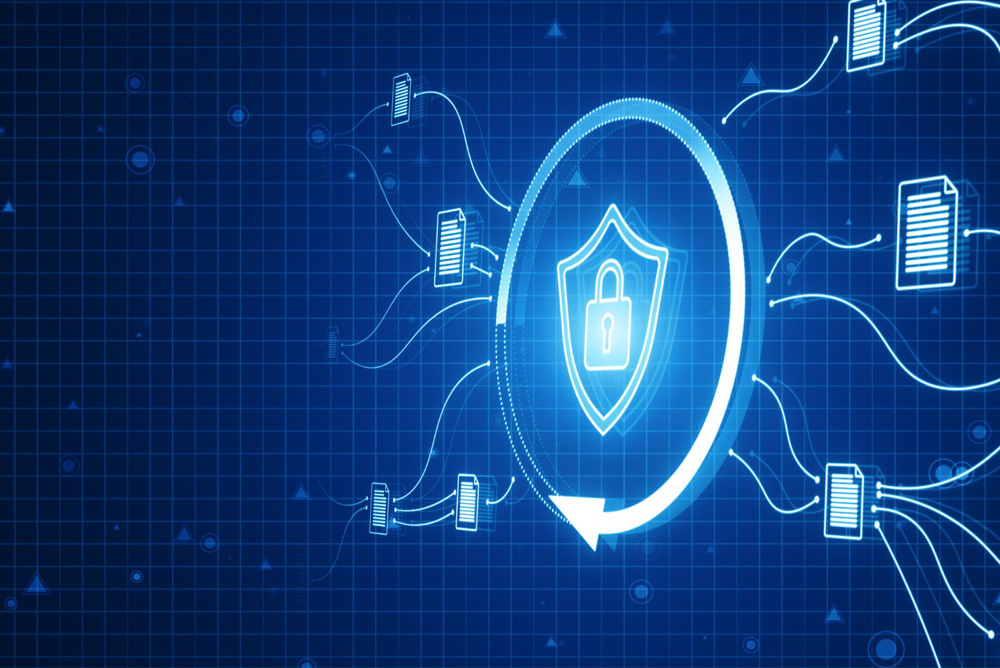

Security Analytics is a cybersecurity approach that uses data collection, data aggregation and analysis tools for threat detection and security monitoring. An organization that deploys security analytics tools can analyze security events to detect potential threats before they can negatively affect the company's infrastructure and bottom line.
Security Analytics combines big data capabilities with threat intelligence to help detect, analyze and mitigate insider threats, persistent cyber threats and targeted attacks from external bad actors.


Security Analytics tools provide organizations with the following key benefits:
Security Analytics tools analyze a wide range of data types, making connections between different events and alerts to detect security incidents or cyber threats in real time.
Security Analytics tools help enterprises comply with government and industry regulations, such as Health Insurance Portability and Accountability Act and Payment Card Industry Data Security Standard. Security Analytics software can integrate a variety of data sources, giving organizations a single, unified view of data events across a variety of devices. This enables compliance managers to monitor regulated data and identify potential noncompliance.
Security Analytics tools provide companies insights into where attacks originated from, how their systems were compromised, what assets were compromised and whether there was any data loss. These tools can also provide timelines for any incidents. The ability to reconstruct and analyze incidents can help organizations shore up their cybersecurity strategy to prevent similar incidents from happening again.
Security Analytics tools detect behaviors that indicate malicious activity by collecting, normalizing and analyzing network traffic for threat behavior. Providers that specialize in security analytics offer machine learning tools for applying security models to traffic across a company's assets.
Companies can deploy security analytics for a wide variety of reasons. Some common use cases are the following:
Security information and event management (SIEM) systems collect log data generated by monitored devices -- e.g., network equipment, computers, storage, firewalls, etc. -- to identify specific security-related events occurring on individual machines. They then aggregate this data to determine what's occurring across an entire system. This enables organizations to identify any variations in expected behavior so they can formulate and implement the necessary responses.
Legacy SIEM systems aren't built to handle modern continuous integration/continuous delivery (CI/CD) lifecycles based on frequent build and deployment cycles. As such, they can't handle the massive amounts of data these methods generate.
Unlike legacy SIEM systems, Security Analytics takes advantage of cloud-based infrastructure. And, since cloud storage providers can provide almost unlimited data storage that can scale according to an organization's needs, the company is not limited by the corporate data storage and retention policies. In addition, Security Analytics can collect and store data more efficiently. It's also better at handling modern DevOps practices and CI/CD systems.
IT security professionals must ensure that their companies' systems are secure, that cyber threat risks are kept to a minimum and that they are complying with data governance regulations. Consequently, one of their primary responsibilities is monitoring and analyzing huge amounts of log and event data from servers, network devices and applications.
Big Data Security Analytics refers to the techniques and strategies used to analyze vast amounts of security data. Big data security analytics can be divided into two functional categories: performance and availability monitoring (PAM) and SIEM.
PAM applications focus on managing operations data, while SIEM tools focus on log management, event management, behavioral analysis, database monitoring and application monitoring.
Big data Security Analytics tools can discover network devices and automatically collect each device's event and configuration data. Because big data analytics systems require a comprehensive view of the enterprise's security data, they have to integrate with other third-party security tools, as well as Active Directory or Lightweight Directory Access Protocol servers.


Be aware about the current state of your Security Analytics before you get on with selecting the right tool for your enterprise:
The selection of the type of tool you need may vary with different use cases. There are a number of factors that need to be considered while selecting the right tool.
The size of the company and the type of the industry plays an important role in the buying decision. For instance, while a small scale Security Analytics software might be sufficient for a small to medium scale business, it may turn out to be absolutely useless for a medium to large scale company unless its capabilities can be scaled as the industry grows. Similarly, a large scale security analytics tool may not make sense financially for a small business.
Security admins will need to first understand what are the capabilities of these tools. A detailed analysis should be made about what these tools can and cannot do. You should evaluate the objective of the tool based on the following quality metrics rather than the technique used by the tool:
You also need to consider the type of deployment the software supports. The cost of hardware, software or virtual appliances can factor heavily into which security tool is right for a business. The tool you pick should be designed to support complex architectures and have the capability to scale out to complex service provider scenarios without compromising on the features or the capability of the platform.
Another factor that plays a major role in deciding the right tool is the type of threats a certain industry aces or is most likely to face. Some security analytics vendors specialize in specific types of attacks such as Advanced Persistent Threats (APT) whereas some others specialize in specific sectors such as finance and healthcare. Choose a vendor that caters to your industry specific threats. For example, the education industry may be prone to attacks from actors such as APT groups attempting to gain access to sensitive intellectual property, while organizations in the financial services and insurance sectors face cyber threats from enterprise-like cybercriminals..

Security analytics tools also extend the capabilities of other security tools. If they can’t integrate with a business’ existing tool set, you may want to consider taking a look at another vendor.
Each vendor may charge differently so it is imperative for you to know what you are agreeing to. Many modern tools do not charge you a dime to get onboard. Once you know the upfront cost, your job doesn’t end here, you need to look into what the ongoing costs will be like.
We at MaximAlert can help you with all the above and ensure you go with the right Security Analytics platform for your business.